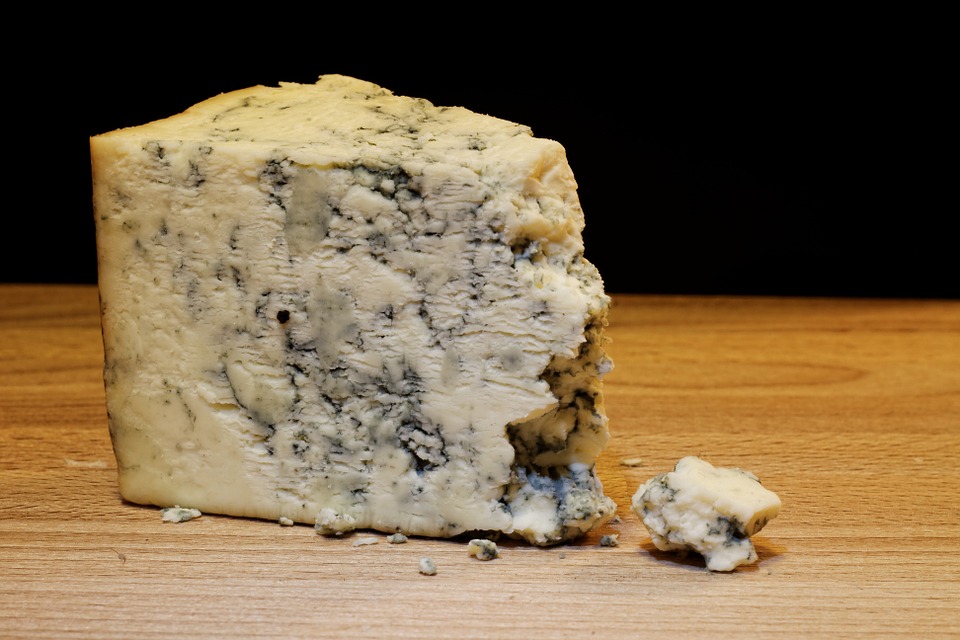Is there anything more stereotypically French than le fromage (cheese)? Maybe a beret, maybe a baguette, but cheese definitely ranks near the top. There are literally hundreds of different variétés de fromage (varieties of cheese) and it would take many years to really get to know them all and to be able to discern the subtle differences between them. Let’s enjoy une dégustation virtuelle (a virtual tasting) and explore two of the more popular cheeses that have become world famous.
Camembert
Perhaps the most famous of French cheeses, Camembert is named after the village of Camembert in Normandy, France. Made with du lait de vache (cow’s milk), it was introduced to le palais Français (the French palate) in the late 18th century. Mme Marie Harel is famous for creating the cheese and it gained further renown when Napoleon became one its most ardent admirers (and consumers).
Camembert is très crémeux (very creamy) and meant to be consumed at room temperature. It contains 45% matière grasse (fat) and so is to be eaten in small quantities and always with du pain (bread). Pairing Camembert with du vin rouge (red wine) and des noix et des fruits (nuts and fruit) will only serve to enhance its flavor, and thus your enjoyment.
Roquefort
The origins of Roquefort are not clear but it definitely dates back plusieurs siècles (several centuries) and was supposedly one of the favorite cheeses of le Roi Charlemagne (King Charlemagne) in the late 8th century.

Roquefort is made of lait de brebis (ewe’s milk) and is characterized by une couleur blue (a blue color) that comes from a mold called Penicillium roqueforti. Ne vous inquiétez pas (Do not worry)! The mold is perfectly safe to eat and gives Roquefort son goût unique (its unique flavor). The fat content of this cheese is 52%, so again, proceed with caution. Roquefort is best served with des noix et des figues (nuts and figs) along with a glass of fortified wine such as Port or with a good Muscat.





